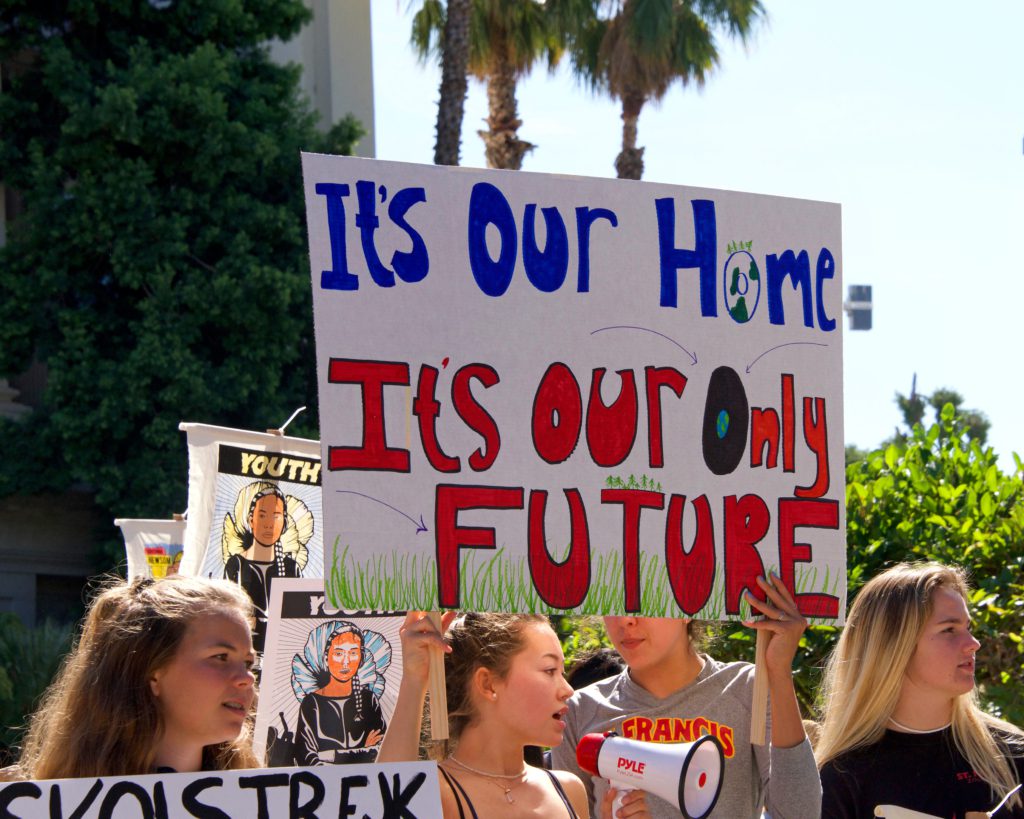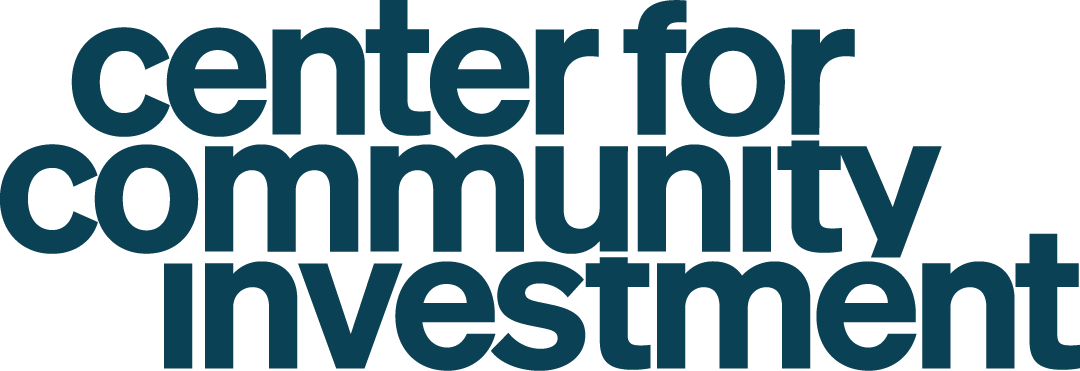Home » California Climate Leaders Fellowship
California Climate Leaders Fellowship
The California Climate Leaders Fellowship (CCLF), launched in collaboration with The California Endowment, is a year-long program designed to resource equity-focused climate leaders with the skills to meet local climate resilience needs, and to meaningfully advance the State’s movement for climate resilience.
The 13 members of the program’s inaugural cohort are recognized by their peers as leaders in fostering the kinds of collaboration necessary for the formation of equitable, climate resilient communities. The multi-sector cohort includes philanthropic leaders and place-based organizers, economic development and financial innovators, and creative thinkers from across the state. Please scroll to the bottom of this page to learn more about the members of this inaugural cohort!


We are at a critical turning point.
Collaboration across fields and at scale is critical to creating equitable outcomes within a climate security framework for communities across California.
The California Climate Leaders Fellowship addresses the challenges created by climate change—especially in the BIPOC, immigrant, and rural California communities that struggle to get their fair share of resources despite their vulnerability to the impacts of climate change. This requires not just advocacy, but also investment and system change.
Transforming systems is what CCI does.
Why Now?
CCI’s work is focused on creating a network of practitioners with tools and skills to improve access to capital for community-led development in historically disinvested communities. As climate impacts become increasingly evident, these climate justice practitioners will help lead the way to creating more climate-resilient communities. To catalyze this essential work, California Climate Leaders Fellows will:
Use the Capital Absorption Framework to create and activate a robust pipeline of investable, high-impact opportunities that address local climate resilience priorities, including infrastructure
Apply systems thinking to thrive as climate leaders and inspire and facilitate powerful collaborations in alignment with racial equity priorities
Design strategies and take action on urgent climate resilience and equity issues within their communities, with a particular attention to scale, systems change, and community leadership
Build critical self-awareness and mindsets needed to inspire and facilitate powerful collaborations
Learn about financial tools to achieve greater scale and impact
Join an active and racially diverse network of committed, mutually supportive leaders working toward similar goals.
There are no results at this time. Please check back later.
Related Resources
Learn what leaders in CCI’s network are thinking about climate resilience
